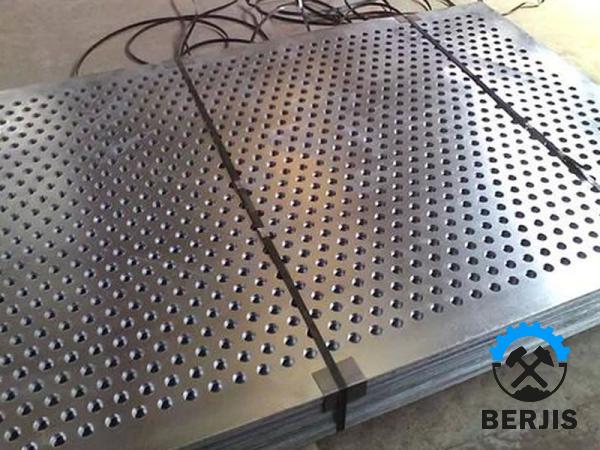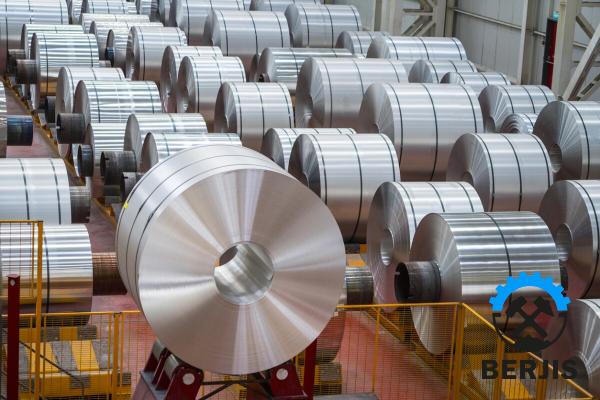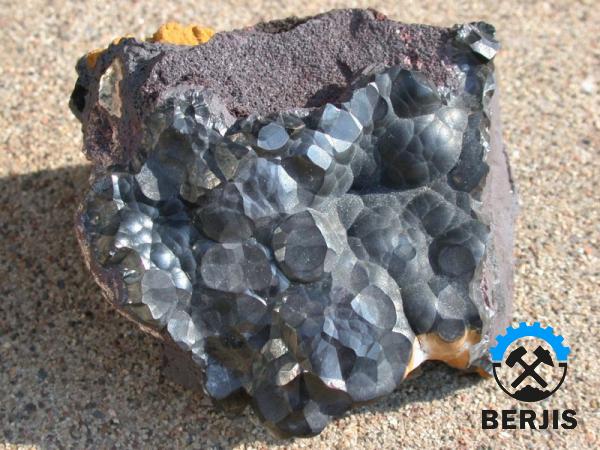In the world of steel production, there are two primary methods used to create steel sheets or coils: cold rolling and hot rolling. Both processes have unique characteristics that determine the final product’s qualities. Understanding the differences between cold rolled steel and hot rolled steel is crucial for businesses involved in construction, automotive, manufacturing, and other industries that rely on steel. This article explores the pros and cons of each method, enabling businesses to make informed decisions based on their specific requirements. 1. The Cold Rolling Process: Cold rolling involves passing steel through rollers at room temperature. This process results in a smoother surface finish, tighter dimensional tolerances, and increased strength compared to hot rolled steel. The cold rolling process also enhances the workability and formability of the steel, making it suitable for applications that require precision and consistency.
.
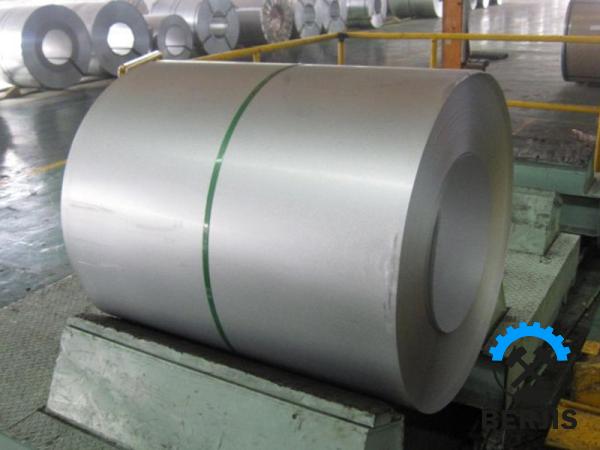 Advantages of Cold Rolled Steel: – Higher dimensional accuracy: Cold rolling ensures tighter tolerances, providing more precise measurements and consistent thickness across the entire sheet or coil. – Improved surface finish: Cold rolled steel has a smoother and cleaner appearance, making it ideal for visible applications and products. – Increased strength: The cold rolling process strengthens the steel by strain-hardening it, resulting in higher tensile strength and better resistance to deformation. Disadvantages of Cold Rolled Steel: – Reduced size availability: Cold rolled steel is typically available in thinner gauges than hot rolled steel. – Higher production costs: Cold rolling requires additional processes and specialized equipment, increasing production costs compared to hot rolling. 2. The Hot Rolling Process: Hot rolling involves heating steel above its recrystallization temperature and then passing it through rollers. This method is suitable for shaping large quantities of steel quickly and efficiently. Hot rolled steel exhibits a rougher surface finish and looser dimensional tolerances compared to cold rolled steel.
Advantages of Cold Rolled Steel: – Higher dimensional accuracy: Cold rolling ensures tighter tolerances, providing more precise measurements and consistent thickness across the entire sheet or coil. – Improved surface finish: Cold rolled steel has a smoother and cleaner appearance, making it ideal for visible applications and products. – Increased strength: The cold rolling process strengthens the steel by strain-hardening it, resulting in higher tensile strength and better resistance to deformation. Disadvantages of Cold Rolled Steel: – Reduced size availability: Cold rolled steel is typically available in thinner gauges than hot rolled steel. – Higher production costs: Cold rolling requires additional processes and specialized equipment, increasing production costs compared to hot rolling. 2. The Hot Rolling Process: Hot rolling involves heating steel above its recrystallization temperature and then passing it through rollers. This method is suitable for shaping large quantities of steel quickly and efficiently. Hot rolled steel exhibits a rougher surface finish and looser dimensional tolerances compared to cold rolled steel.
..
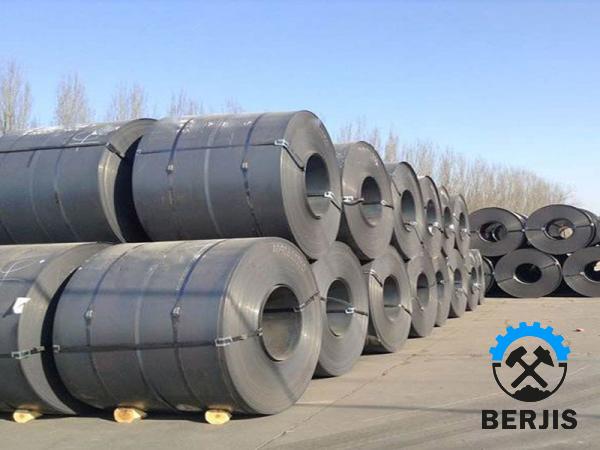 Advantages of Hot Rolled Steel: – Wide range of sizes: Hot rolled steel sheets and coils are available in various thicknesses and widths, making them suitable for diverse applications. – Cost-effective production: The hot rolling process is less time-consuming and requires fewer steps, resulting in lower production costs. – Enhanced malleability: Hot rolled steel is more ductile, allowing for easier forming and shaping without cracking. Disadvantages of Hot Rolled Steel: – Lower surface finish quality: Hot rolled steel tends to have a rougher surface texture, which may not be desirable for certain applications. – Less precise dimensions: Hot rolled steel can exhibit slightly larger dimensional variations due to the rolling process, making it less suitable for precision-focused applications.
Advantages of Hot Rolled Steel: – Wide range of sizes: Hot rolled steel sheets and coils are available in various thicknesses and widths, making them suitable for diverse applications. – Cost-effective production: The hot rolling process is less time-consuming and requires fewer steps, resulting in lower production costs. – Enhanced malleability: Hot rolled steel is more ductile, allowing for easier forming and shaping without cracking. Disadvantages of Hot Rolled Steel: – Lower surface finish quality: Hot rolled steel tends to have a rougher surface texture, which may not be desirable for certain applications. – Less precise dimensions: Hot rolled steel can exhibit slightly larger dimensional variations due to the rolling process, making it less suitable for precision-focused applications.
…
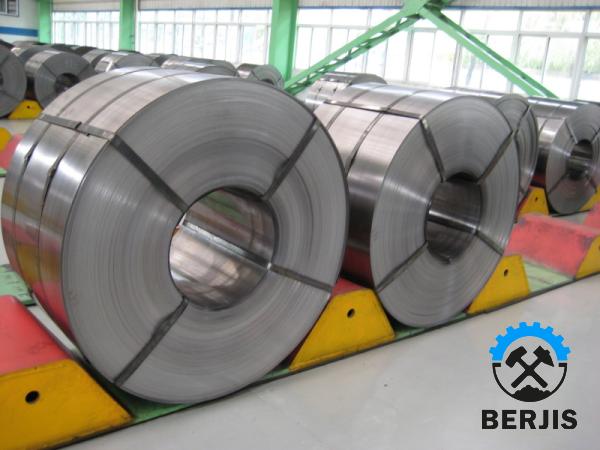 Conclusion: Choosing between cold rolled steel and hot rolled steel depends on the specific application requirements, budgetary constraints, and desired surface finish within a business. While cold rolled steel offers superior dimensional accuracy, surface finish, and strength, it comes at a higher cost. On the other hand, hot rolled steel provides a cost-effective solution with a wide range of available sizes, making it ideal for certain applications that do not require high precision. Businesses should consider their industry needs and consult with steel experts to make an informed decision that aligns with their objectives.
Conclusion: Choosing between cold rolled steel and hot rolled steel depends on the specific application requirements, budgetary constraints, and desired surface finish within a business. While cold rolled steel offers superior dimensional accuracy, surface finish, and strength, it comes at a higher cost. On the other hand, hot rolled steel provides a cost-effective solution with a wide range of available sizes, making it ideal for certain applications that do not require high precision. Businesses should consider their industry needs and consult with steel experts to make an informed decision that aligns with their objectives.

